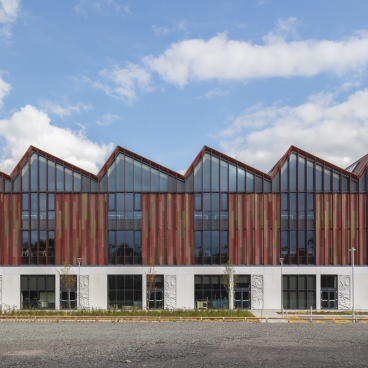A Thousand Streams: A collaborative mosaic that celebrates traditional craft, community and diversity.
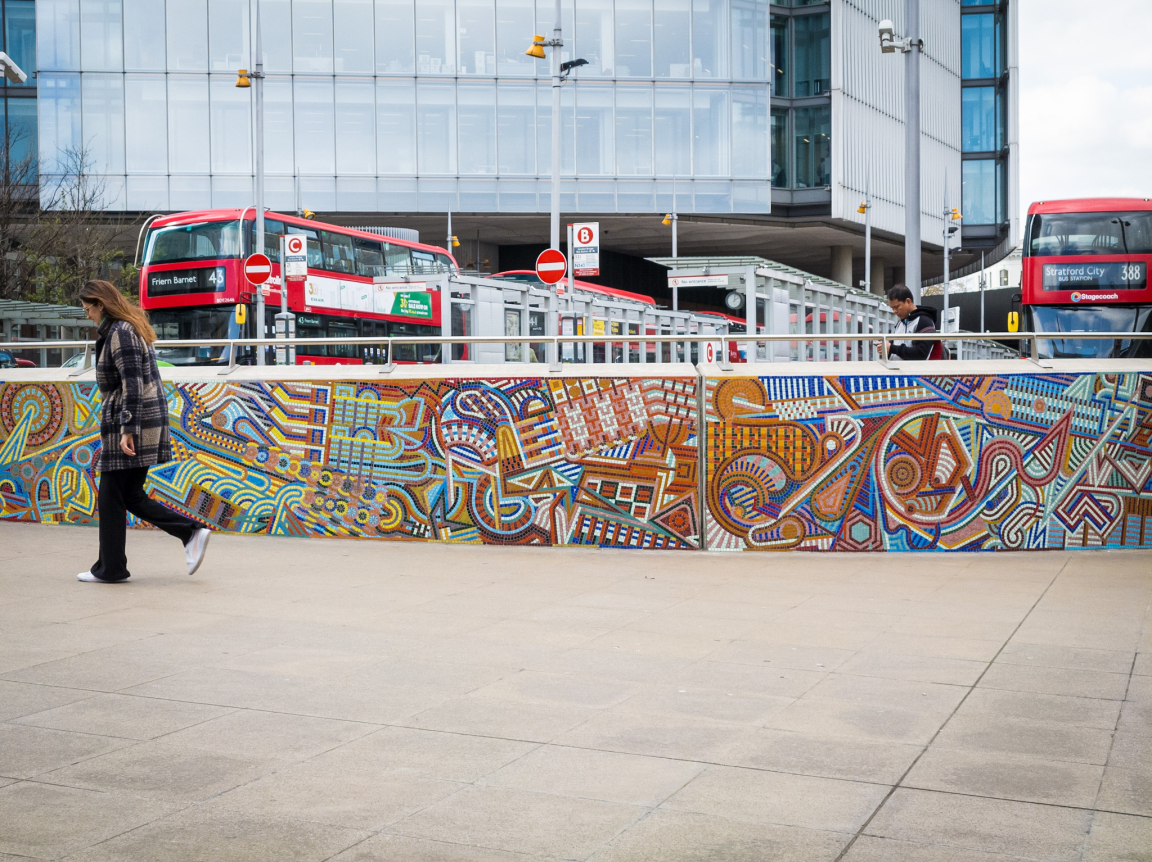
Credit: Gareth Gardener
A Thousand Streams is a collaboration between artist and designer Adam Nathaniel Furman and arts charity the London School of Mosaic.
The project has resulted in a 57-metre mosaic mural which runs alongside London Bridge Station and is London School of Mosaic’s largest commission to date. An impactful visual has been created through the use of colour, pattern and texture - bringing a liveliness to the public realm. The project highlights the importance of art within public spaces, through keeping alive traditional craftsmanship and bringing the community together.
Adam Nathaniel Furman is a positive and provocative voice in the contemporary architecture and design space - known for their gloriously colourful, unapologetically flamboyant interventions in public space.
London School of Mosaic is an independent art school that offers a range of specialist short courses, workshops, accredited training and a Diploma in Mosaic Studies - the first of its kind in the UK.
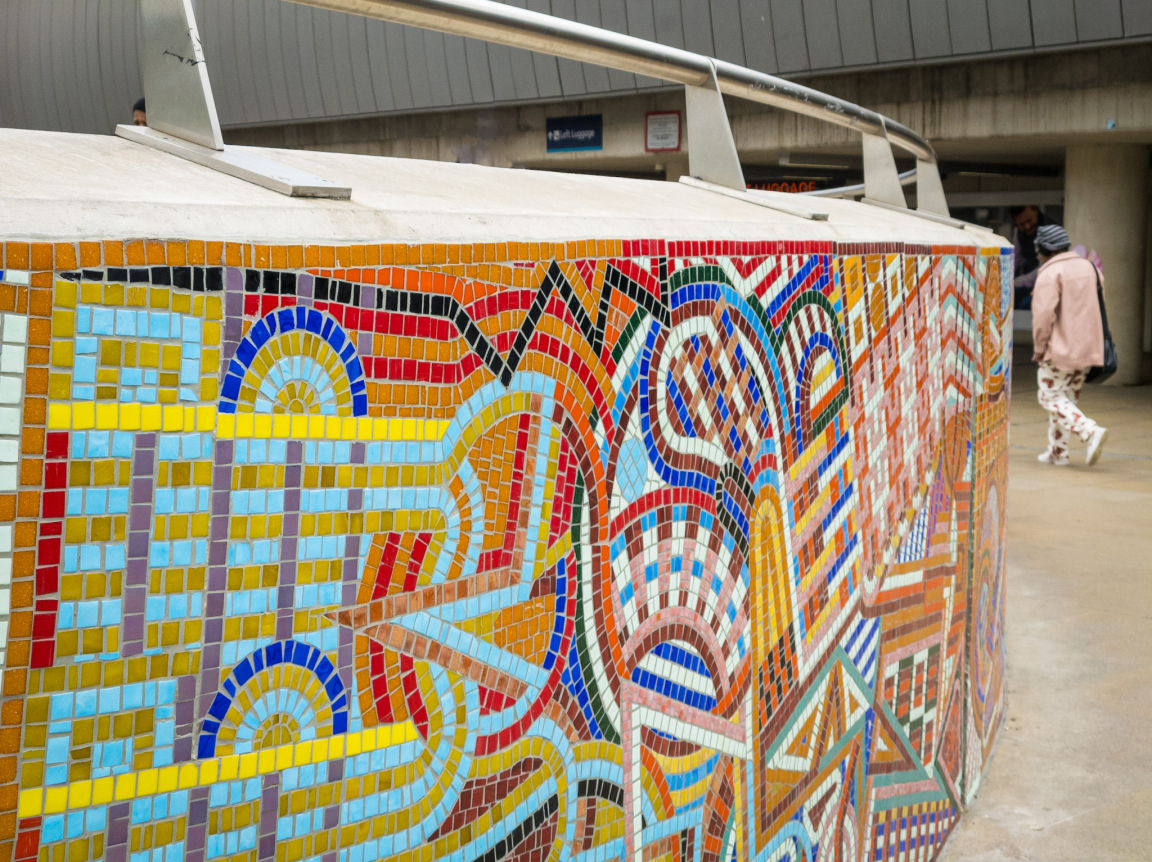
Credit: Gareth Gardener
The concepts of collaborative working and shared authorship have always been central to mosaic as an art form, and the collaboration between the London School of Mosaic (LSoM) and Adam Nathaniel Furman represents a truly inspiring meeting of minds.
This major large-scale public artwork was born from their shared desire to celebrate the diversity of the city. Interested in the site as a literal and symbolic gateway into London, LSoM director David Tootill secured access with the support of Network Rail, and Furman was selected through a competitive open call.
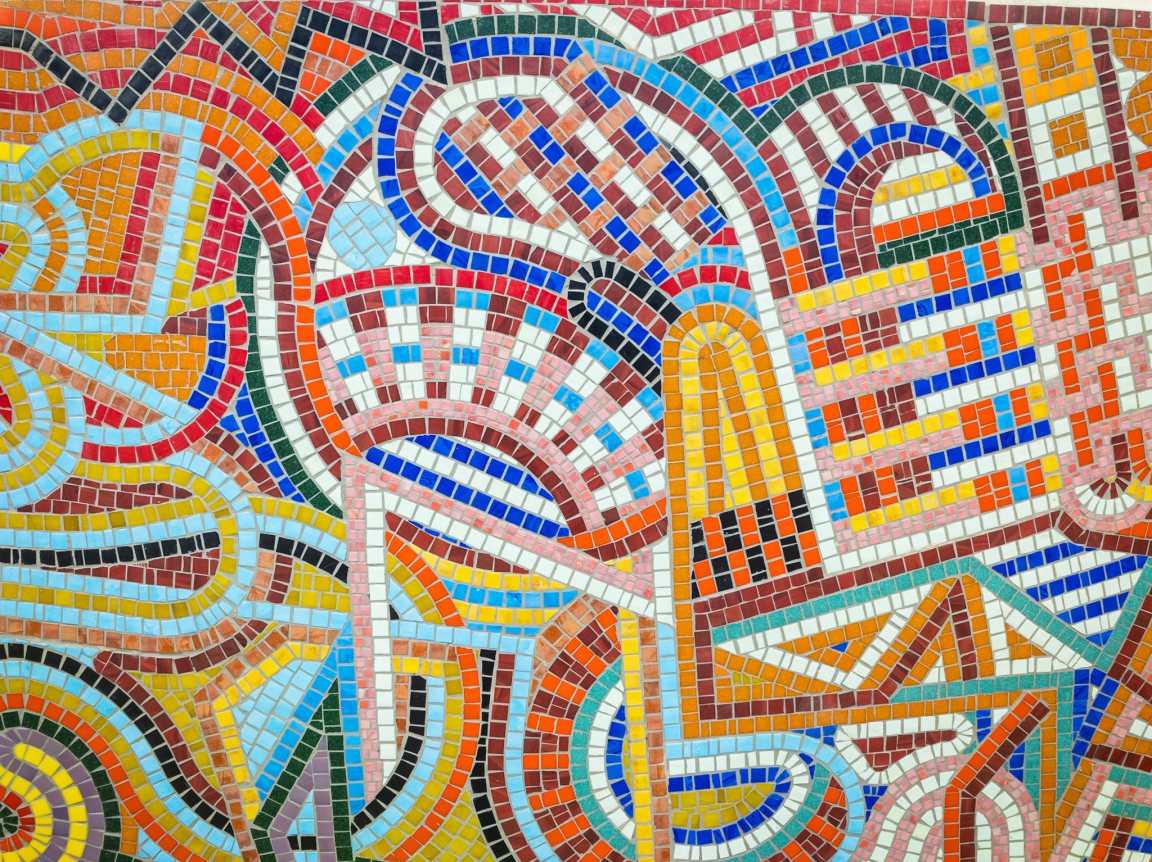
Credit: Gareth Gardener
The title, A Thousand Streams, references the waterside location, as well as wider themes of community involvement. Sitting by the River Thames, LSoM and Furman took inspiration from the location, where flows of people converge, entering the city via the bridge and the rail station – one of the oldest and busiest in Europe.
Akin to the flow of a river, the approach of creating the mural involved the accumulation of many small contributions. To ensure as many people could participate as possible, LSoM set out simple, accessible parameters for the size and shape of individual tiles, against which Furman developed a clear design. It was important that any individual participant regardless of ability could make an area of the artwork in sessions with LSoM, and easily recognise where on the mural they had made their mark.
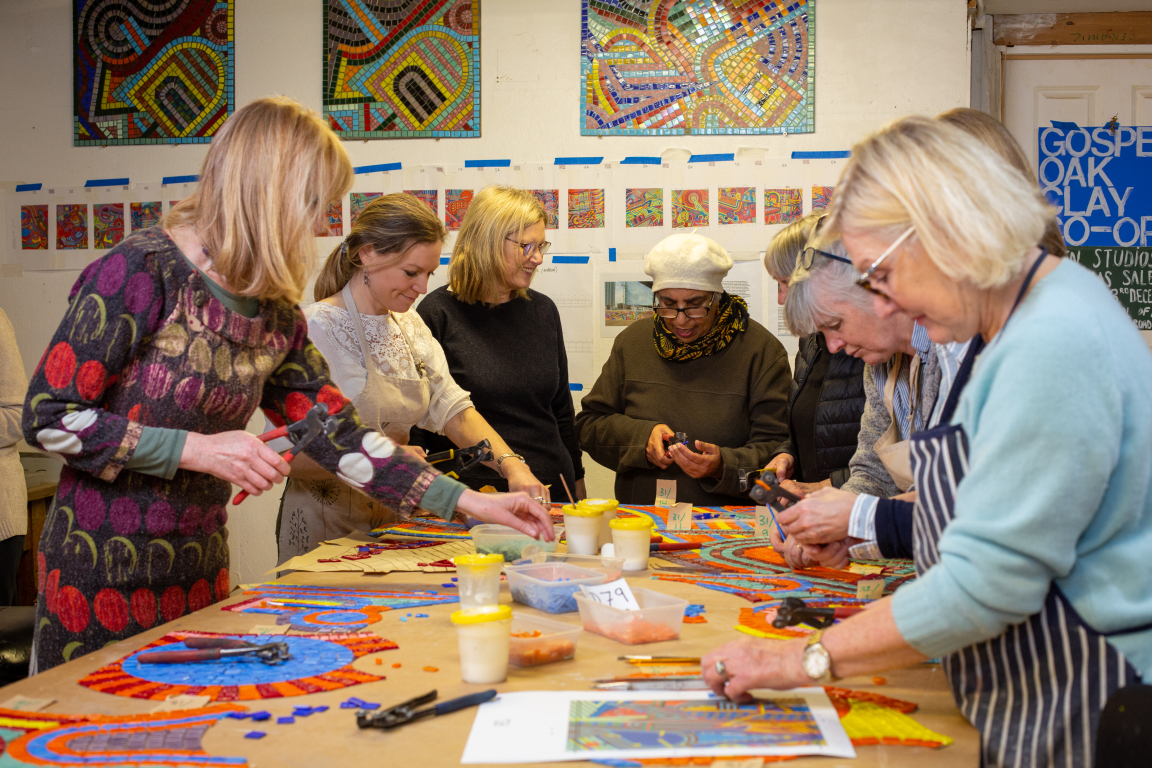
Credit: Corin Ashleigh Brown
From an early age, Furman has been interested in mosaics. Visits to Eduardo Paolozzi’s interiors in old Tottenham Court Road Station and the vast neo-Byzantine Westminster Cathedral captured their imagination about the power of decorative art in public spaces.
“I’m fascinated by these two interiors, both of which are a very big part of the reason I became so interested in and passionate about the power of beautifully crafted, decorative art that integrates into public spaces and provides a sense of communal uplift. I used to visit and put my pocket money in the pot for donations towards the mosaics in the Cathedral when I was little.” – Adam Nathaniel Furman
Growing up as a young queer person, the place of mosaics in London had a deeper resonance. The Fitzrovia chapel, another of Furman’s favourite London spaces which feature mosaics, was a place of contemplation and beauty, as well as the former chapel of a hospital where many people died from AIDS; and Tottenham Court Road station represented a doorway to the queer community in Soho.
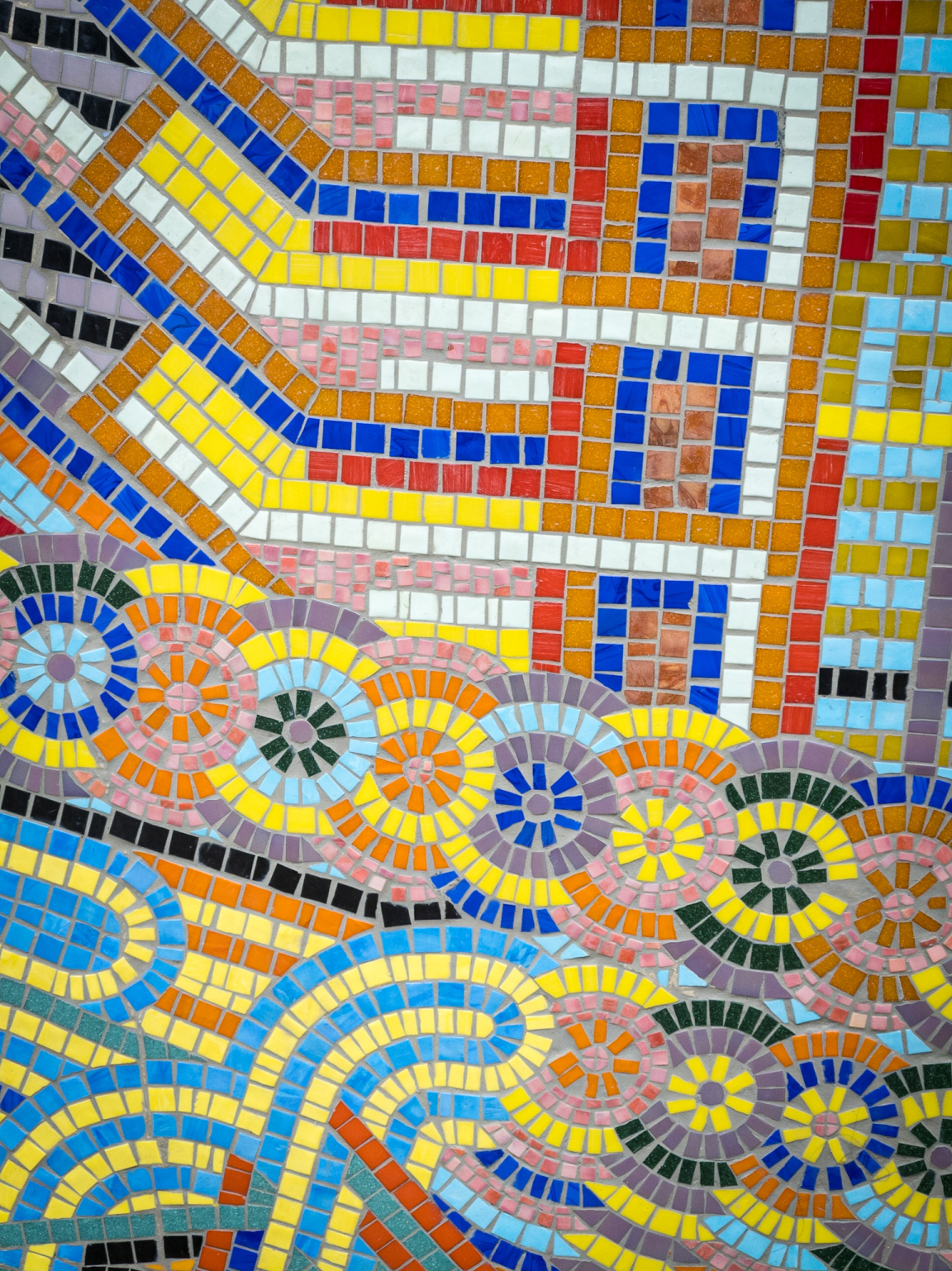
Credit: Gareth Gardener
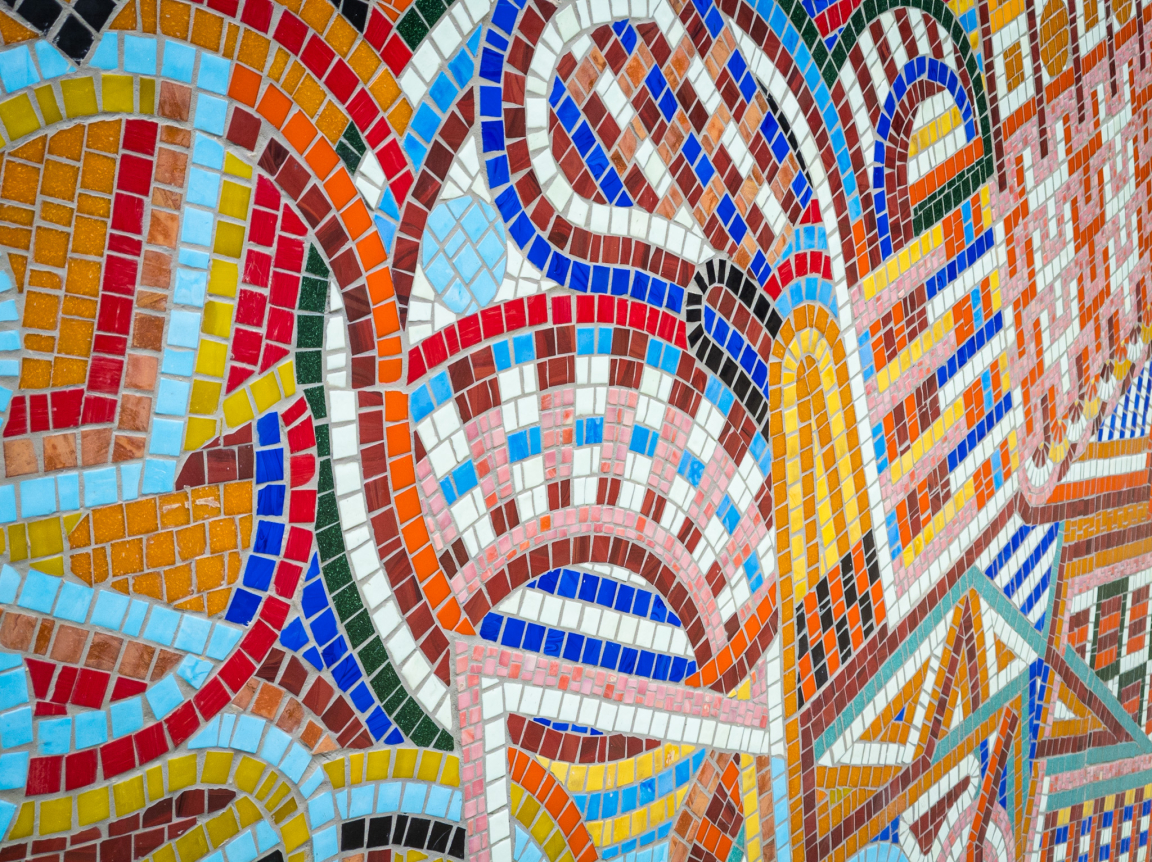
Credit: Gareth Gardener
Interested in how mosaics create an image through assembling many varied fragments, Furman’s use of mosaics acts as a metaphor for the fluidity of identity and importance of difference. The commission nods to larger artistic conversations about the material and political tensions within the history of the medium, embracing the democratic ethos of public artwork while making the beauty of mosaics accessible to as many people as possible.
Over 21 million people are projected to pass by the mural over the course of a single year. For the commission, it was of particular importance to LSoM and Furman to bring the beauty of mosaics to the largest possible audience, referencing both the public nature of the medium while positioning the craft tradition in a contemporary light.
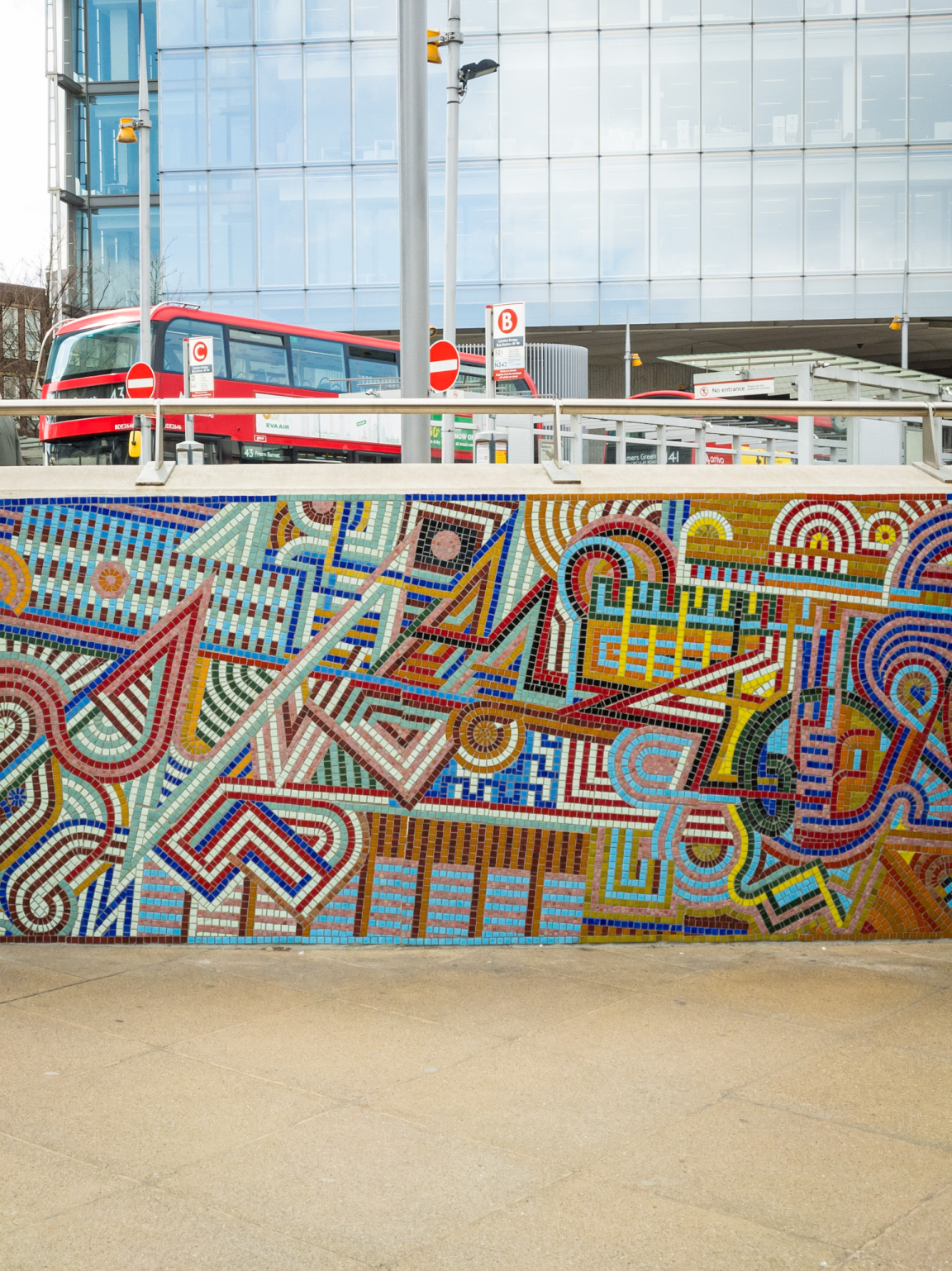
Credit: Gareth Gardener
Nearby, an archaeological site has revealed ancient Roman mosaics that also serve as inspiration for the commission. LSoM is currently coordinating a plan with Museum of London Archaeology, Southwark Council and Network Rail to hold a dual showing of the historic mosaics alongside the new commission.
The production work continues at LSoM, due to be finished before April 2024. In the tradition of mosaic, the ethos is communal, drawing upon the expertise and effort of recent graduates and local community.



